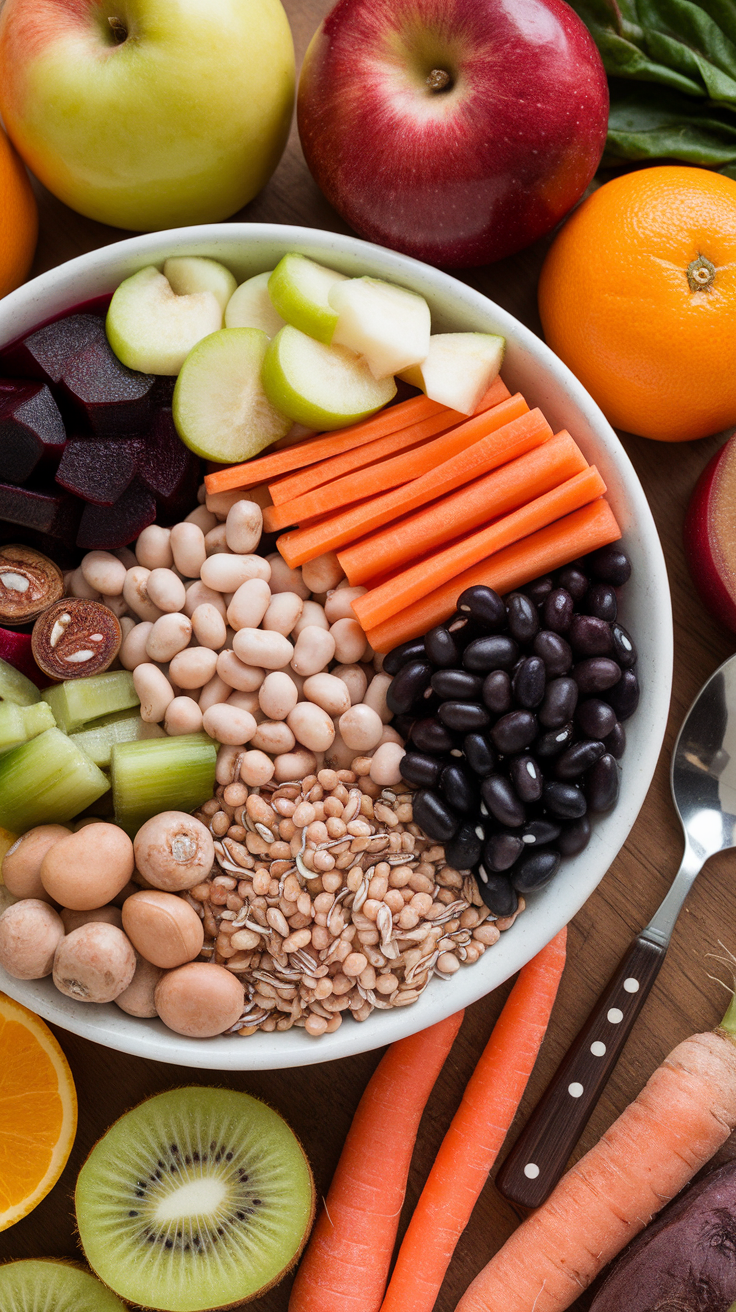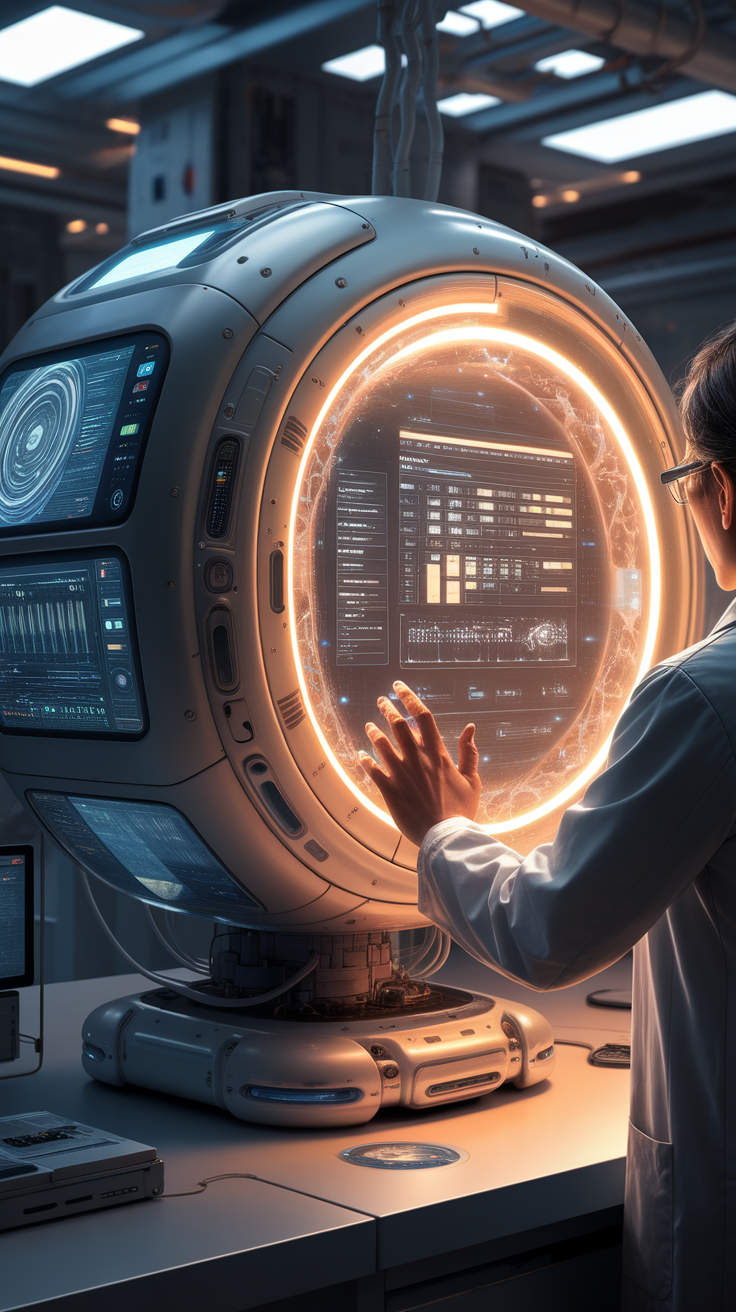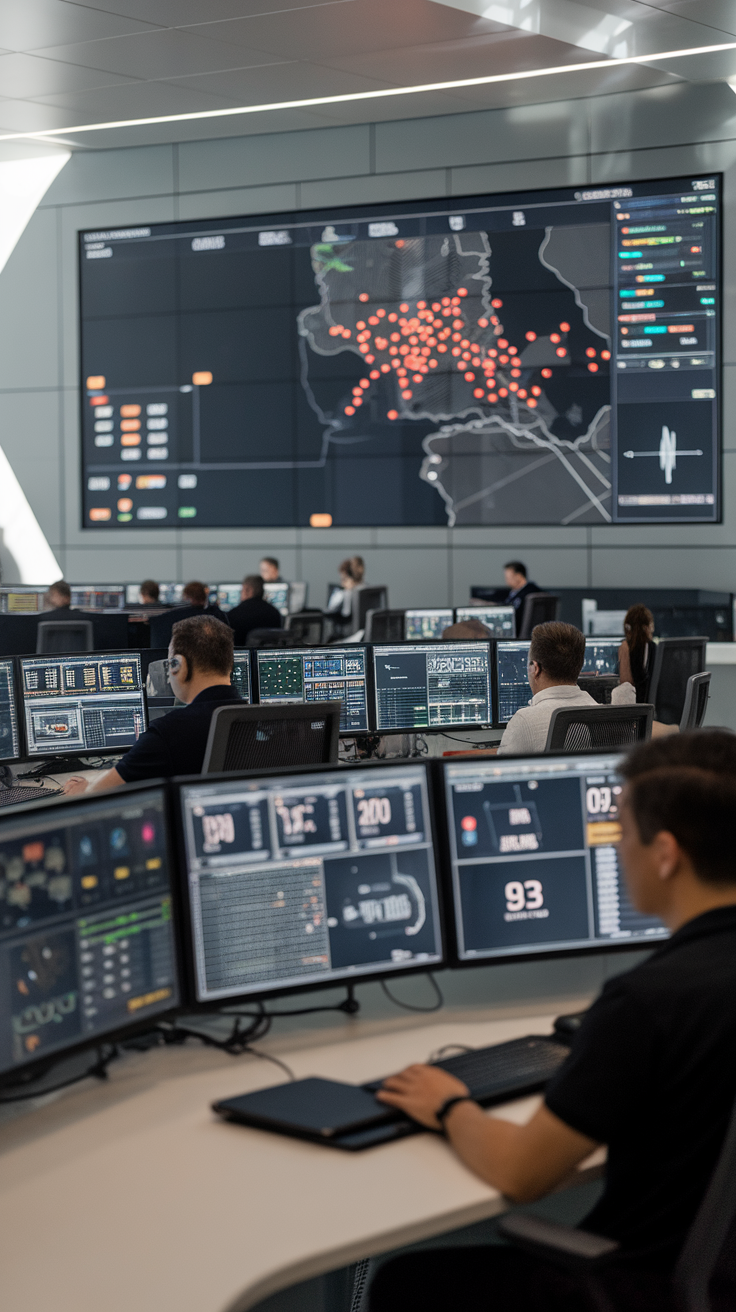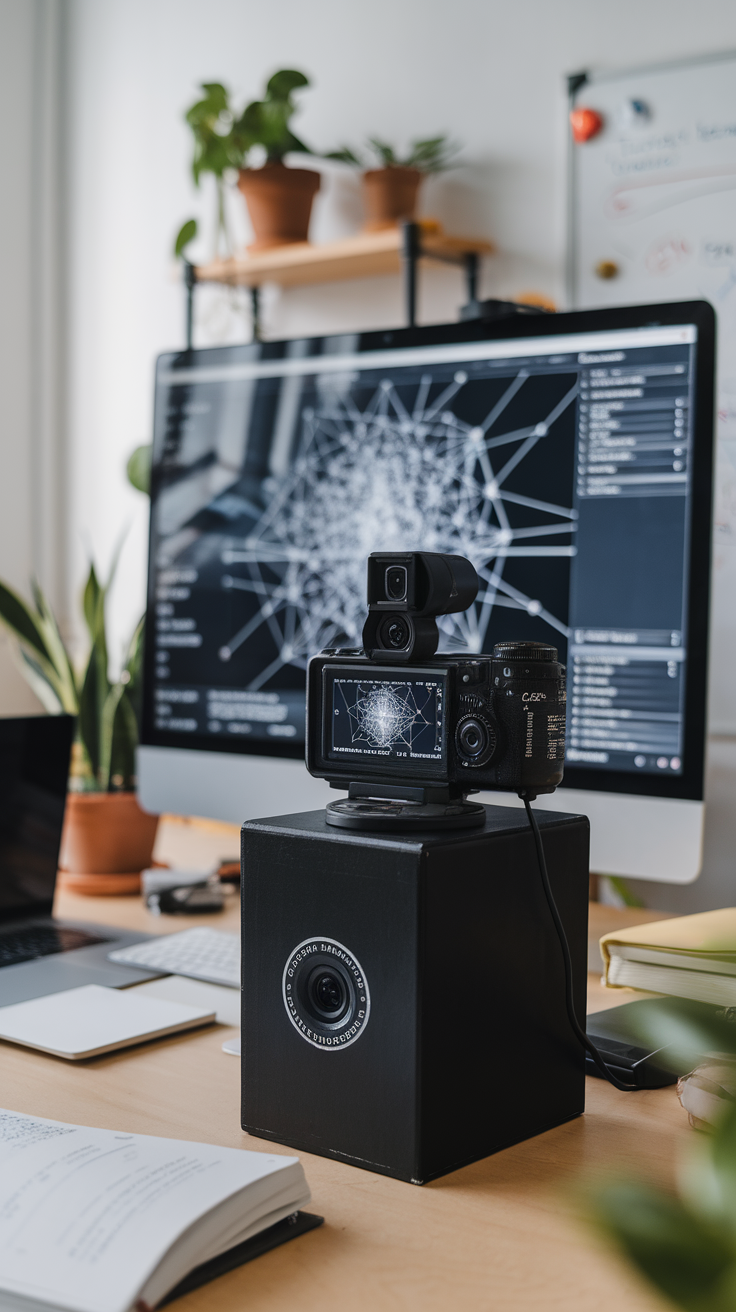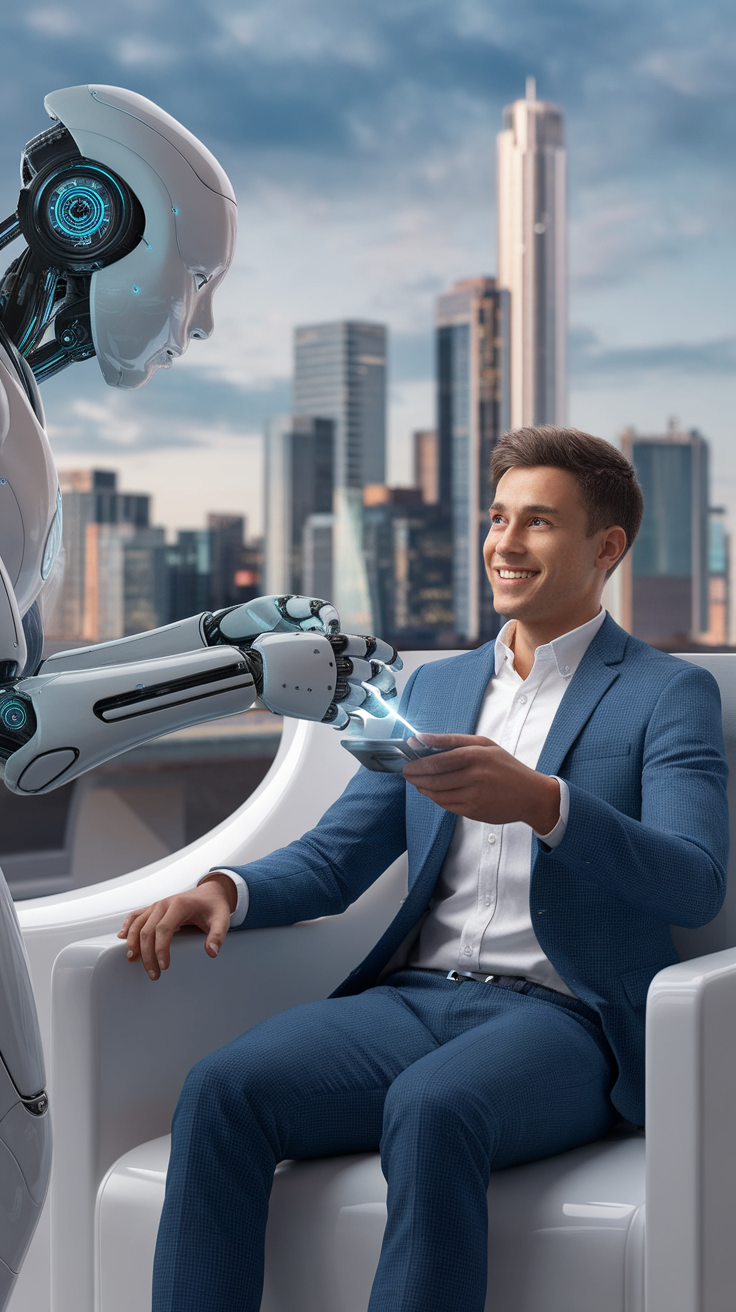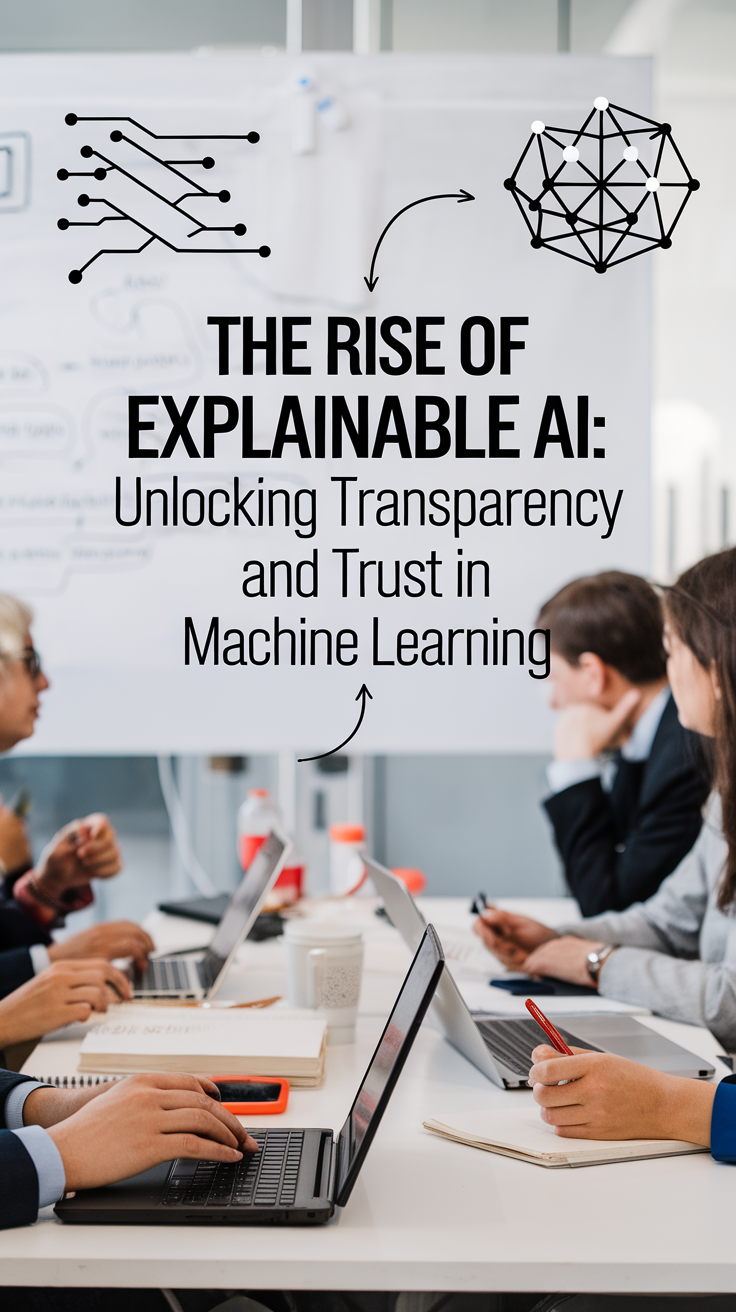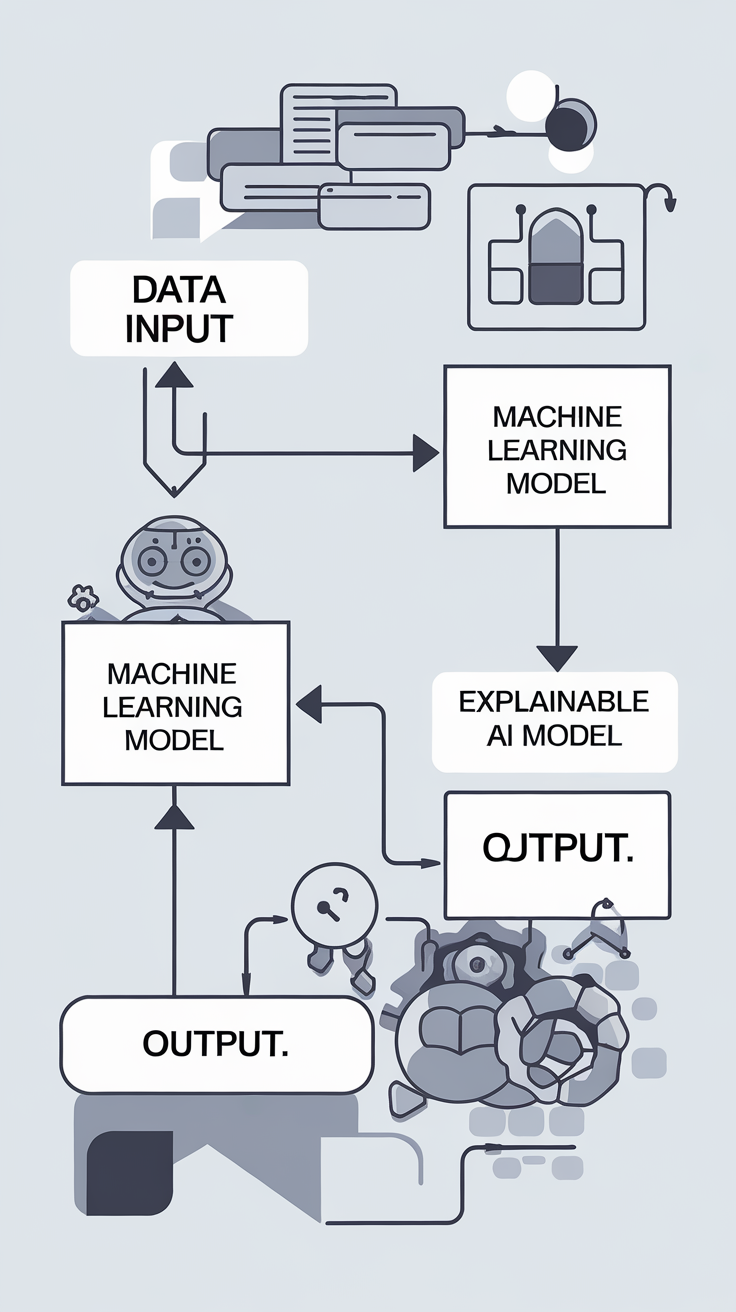AI-Powered Creativity: The Rise of Generative Adversarial Networks
Last Updated: June 30, 2025 at 6:00:40 AM UTC
Generative Adversarial Networks (GANs) are revolutionizing the creative industries, enabling the generation of realistic and innovative content, and redefining the boundaries of human-AI collaboration.
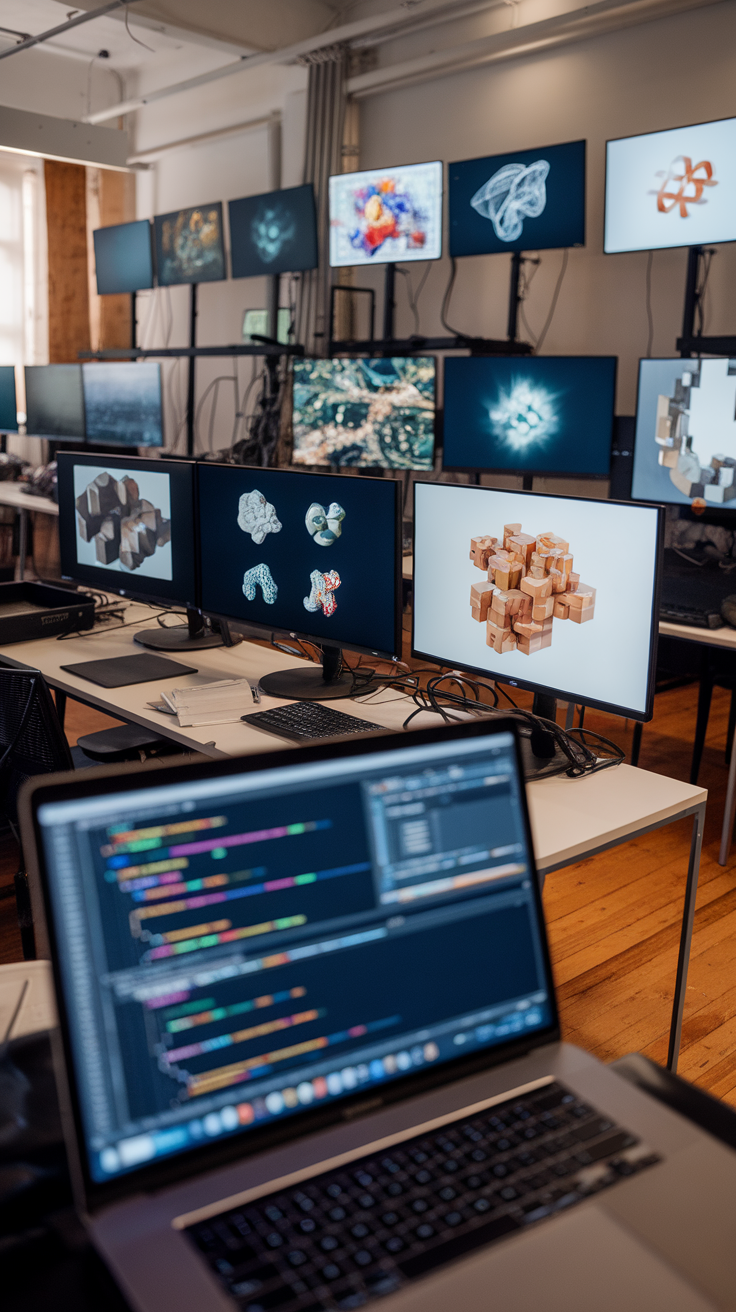
The world of art, music, and design is on the cusp of a revolution. Generative Adversarial Networks (GANs), a type of Artificial Intelligence (AI) algorithm, are rapidly gaining popularity in the creative industries. GANs have the ability to generate realistic and innovative content, from images and videos to music and even entire stories.
What Are GANs?
GANs are a type of neural network that consists of two components: a generator and a discriminator. The generator creates new content, while the discriminator evaluates the generated content and provides feedback to the generator. Through this adversarial process, the generator learns to create content that is increasingly realistic and sophisticated.
Applications of GANs in Creativity
GANs have already been used in a wide range of creative applications, including:
- Art and Design: GANs can generate realistic images and videos, allowing artists to focus on high-level creative decisions rather than tedious tasks like drawing or painting.
- Music: GANs can generate music that is indistinguishable from human-created music, opening up new possibilities for music composition and production.
- Storytelling: GANs can generate entire stories, including text, images, and even videos, allowing writers and filmmakers to explore new narrative possibilities.
- Fashion and Design: GANs can generate realistic fashion designs and textiles, allowing designers to focus on high-level creative decisions rather than tedious tasks like sketching or prototyping.
The Future of Human-AI Collaboration
GANs are not just a tool for automating creative tasks, but also a platform for human-AI collaboration. By working together, humans and GANs can create innovative and realistic content that would be impossible for either party to achieve alone.
Challenges and Limitations
While GANs have the potential to revolutionize the creative industries, they also come with several challenges and limitations, including:
- Quality and Realism: GANs can generate realistic content, but the quality and realism of the generated content can vary greatly depending on the specific use case and the complexity of the task.
- Control and Guidance: GANs require careful control and guidance to ensure that the generated content meets the desired specifications and is free from bias and errors.
- Ethics and Responsibility: The use of GANs in creative applications raises important ethical and responsible questions, including issues of authorship, ownership, and the potential for AI-generated content to be used in harmful or discriminatory ways.
Conclusion/Key Takeaways
GANs have the potential to revolutionize the creative industries by enabling the generation of realistic and innovative content, and redefining the boundaries of human-AI collaboration. However, GANs also come with several challenges and limitations, including issues of quality, control, and ethics. As the use of GANs in creativity continues to evolve, it will be important to address these challenges and limitations in order to ensure that GANs are used in a responsible and beneficial way.
